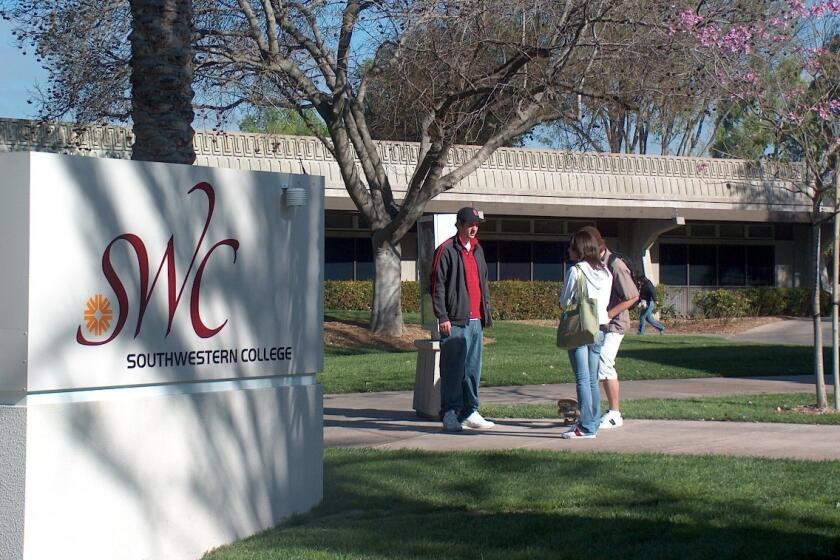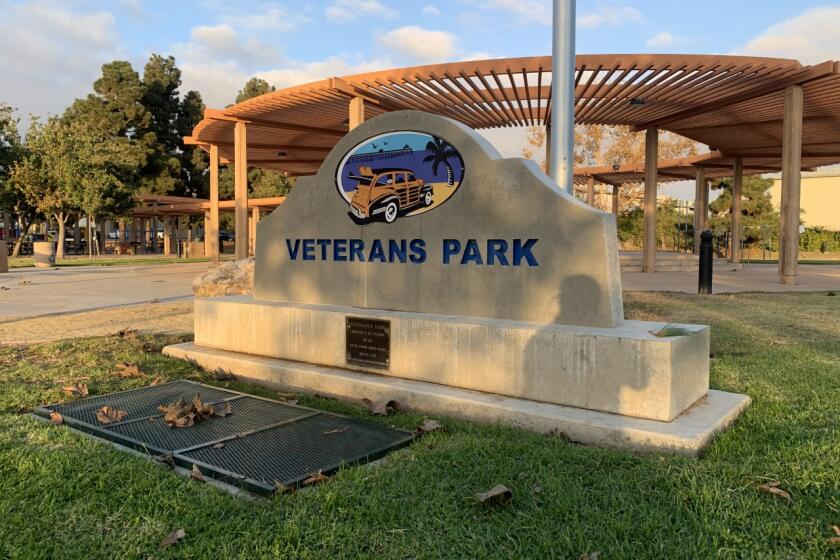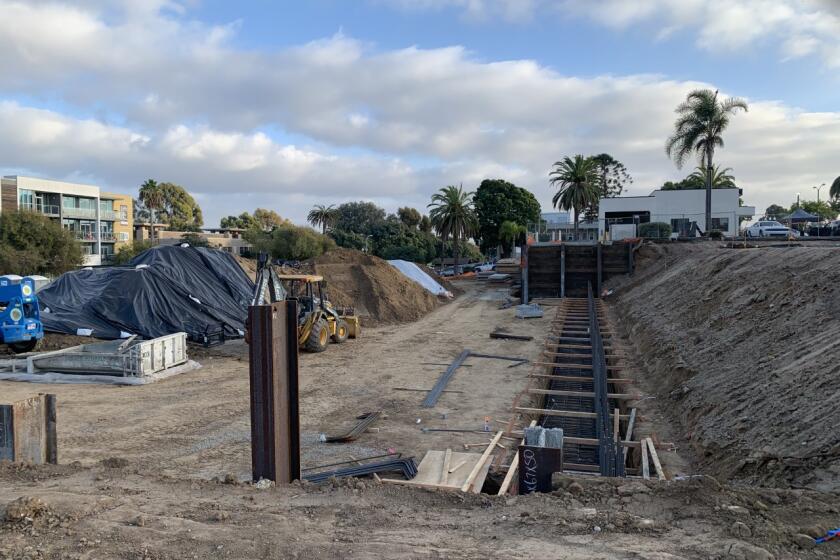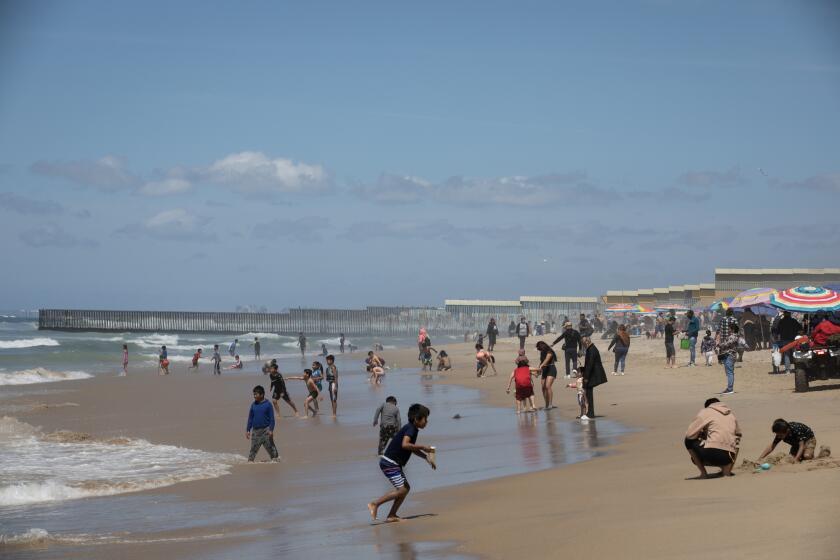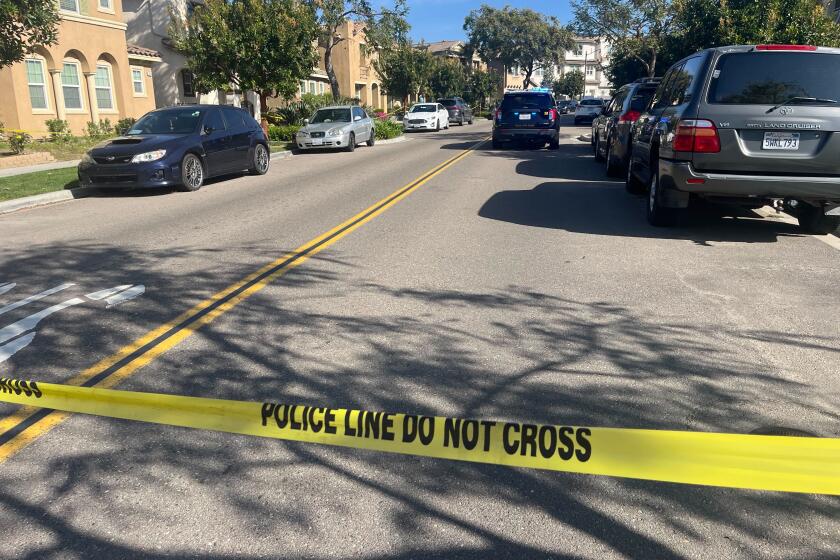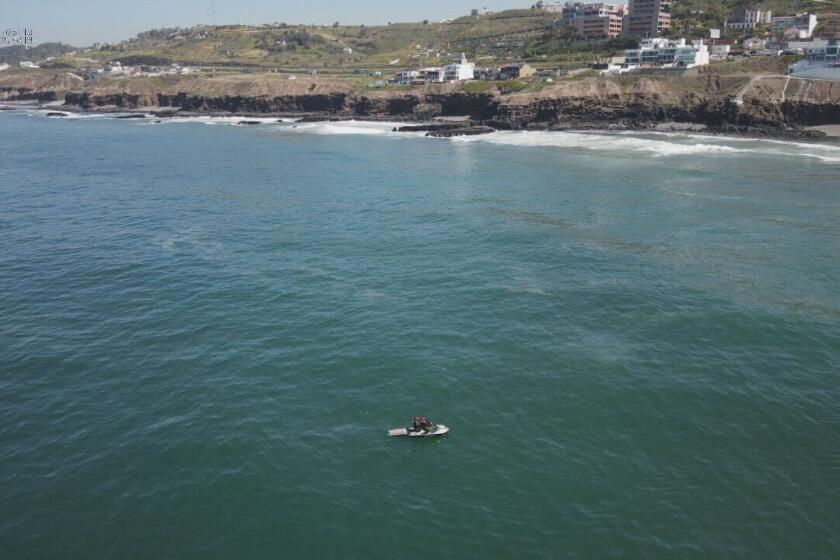More non-Mexican migrants are being arrested at the border in San Diego than ever
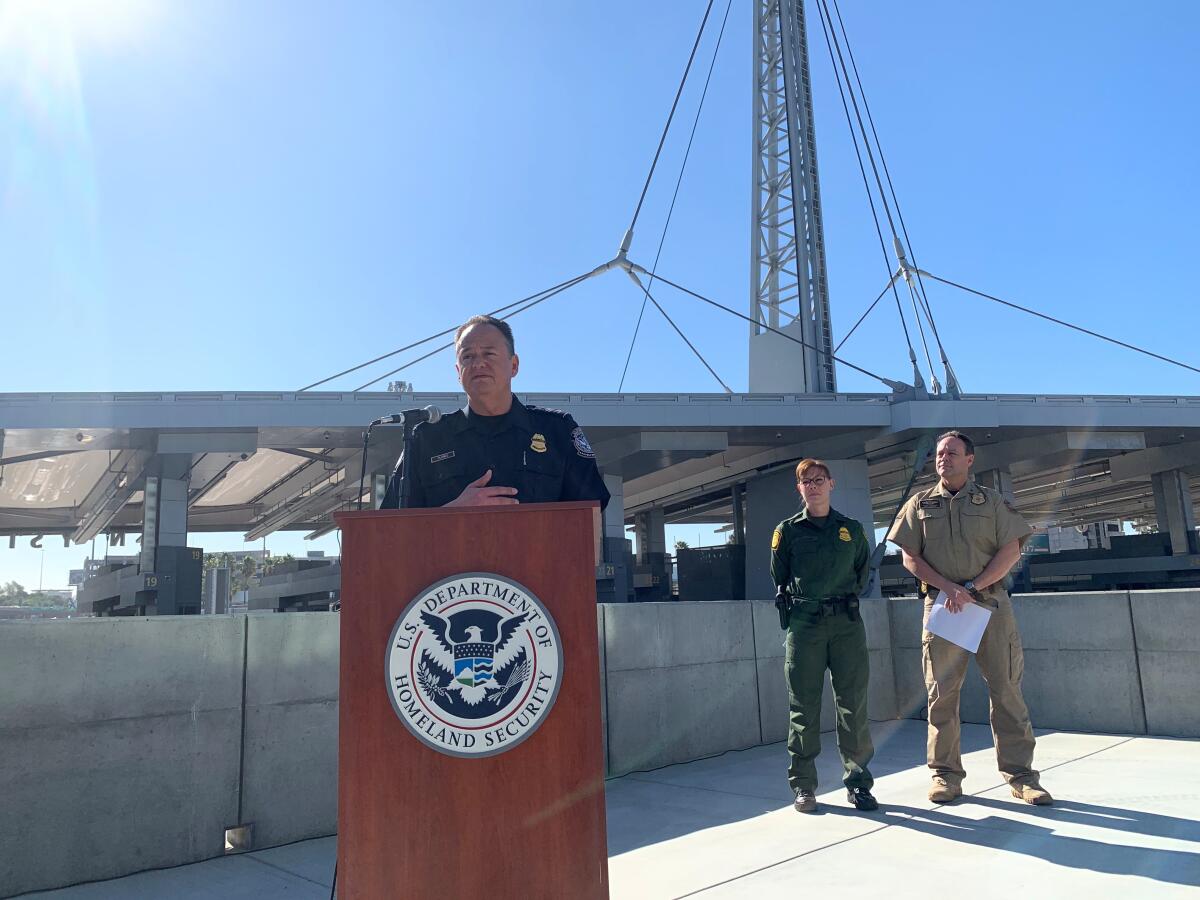
Border Patrol officials said they arrested more non-Mexican nationals attempting to cross the border illegally during the 2019 fiscal year than at any point in the agency’s history.
Border Patrol agents in San Diego arrested a historic number of non-Mexican migrants crossing illegally into the U.S. during the 2019 fiscal year.
“San Diego sector realized its highest number of apprehensions from countries other than Mexico in the history of tracking statistics for this population with a total of 27,255 arrests,” said Kathleen Scudder, acting deputy chief patrol agent for the San Diego sector.
To put that number in perspective, Border Patrol agents arrested 11,509 non-Mexicans during the 2018 fiscal year. Between 2009 and 2015, the average number of non-Mexican border apprehensions were 1,500, records show.
The majority of non-Mexican nationals apprehended came from Central American countries like Honduras, Guatemala and El Salvador, she added.
That record number shows the historic shift in migration patterns at the southern border. Historically, migrants caught crossing the border illegally have been single men from Mexico. But over the last few years, Border Patrol agents have seen a rising number of unaccompanied children and families at the southern border.
For example, the Border Patrol agents arrested 16,174 family members at the border in the 2019 fiscal year. That was nearly four times higher than last year’s total.
Officials described this historic shift in migration — one from predominantly single men to one that predominantly includes women and children — as an “unprecedented crisis along the southwestern border” Friday morning when they unveiled yearly statistics.
The majority of women and children caught at the border claim to flee from gang violence in Central America, where gangs extort local businesses to pay what is locally known as the, “war tax,” teenagers are recruited to join gangs, and those who refuse to join are threatened with death. Many of those fleeing from gang violence plan to request asylum in the United States.
This shift in migrant populations means that Customs and Border Protection, a law enforcement agency, now has to behave like a humanitarian organization, officials said.
The increasing total has had an impact on the Border Patrol, which monitors the vast swaths of land between designated ports of entry, as well as Customs and Border Protection, which also patrols official border crossings like ports of entry at San Ysidro and Otay.
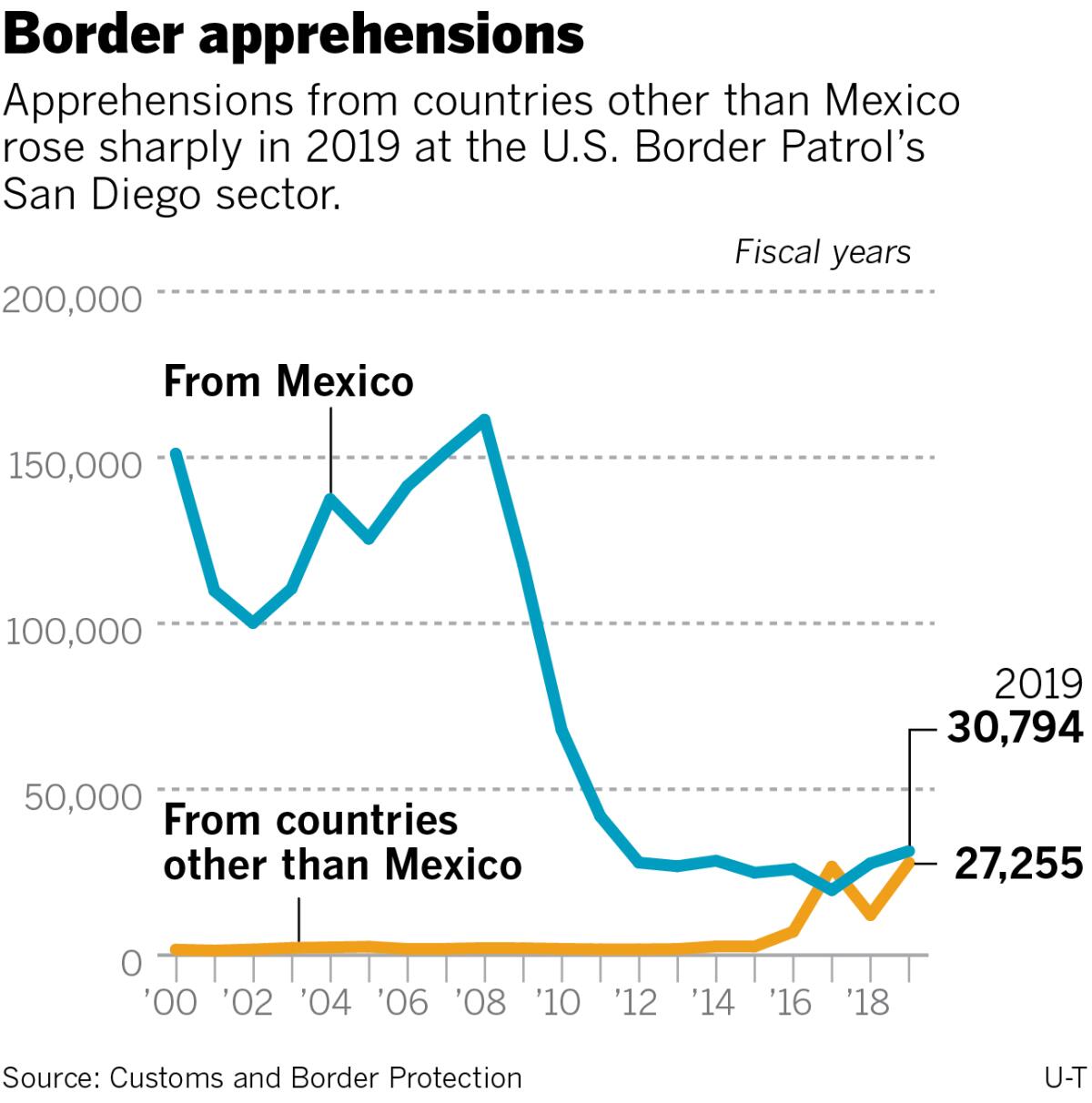
“Managing these unprecedented numbers require us to task a substantial percentage of our workforce with humanitarian duties including hospital watch, care and feeding, and medical screenings,” Scudder said. “Things that were neither budgeted nor prepared for.”
CBP facilities that were built like short-term jails, are now having to act more like shelters, said Pete Flores, director of field operations in San Diego for Customs and Border Protection.
“Our facilities are not intended for the kinds of conditions we are facing,” Flores said. “As CBP senior leadership noted earlier this week in El Paso, no immigration system in the world was designed to handle the volumes of families, unaccompanied children and members of other vulnerable populations we have seen here in San Diego and along the southwest border.”
Although statistics show that year-over-year border apprehensions are up, the numbers are still far below historic highs. For example, Border Patrol agents arrested 162,390 people in fiscal year 2008 and 628,390 in fiscal year 1986 — a record high for San Diego.
Statistics show that the majority of people caught crossing the border without the proper paperwork were apprehended between designated ports of entry. Border Patrol agents apprehended 58,049 people in San Diego and another 35,170 in El Centro attempting to cross between designated ports of entry. CBP officers arrested 35,000 “inadmissible individuals” at all of California’s ports of entry.
Inadmissible individuals are people who do not have the correct paperwork to enter the United States legally.
While illegal border crossing arrests tend to happen away from the ports of entry, most of the drug smuggling seizures take place within the ports.
In fiscal year 2019, CBP agents seized 112,000 pounds of marijuana, 80,500 pounds of meth, 12,000 pounds of cocaine, 2,500 pounds of heroin and 1,500 pounds of fentanyl.
In contrast, Border Patrol agents seized 3,200 pounds of marijuana, 3,900 pounds of meth, 1,284 pounds of cocaine, 288 pounds of heroin and 108 pounds of fentanyl.
Get Essential San Diego, weekday mornings
Get top headlines from the Union-Tribune in your inbox weekday mornings, including top news, local, sports, business, entertainment and opinion.
You may occasionally receive promotional content from the San Diego Union-Tribune.



